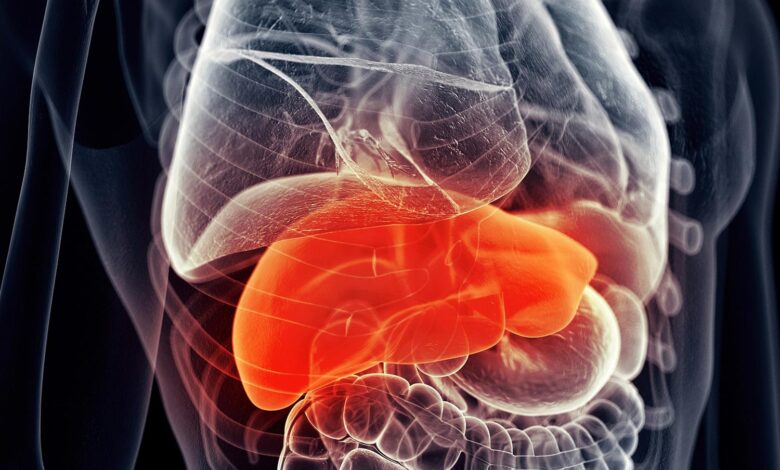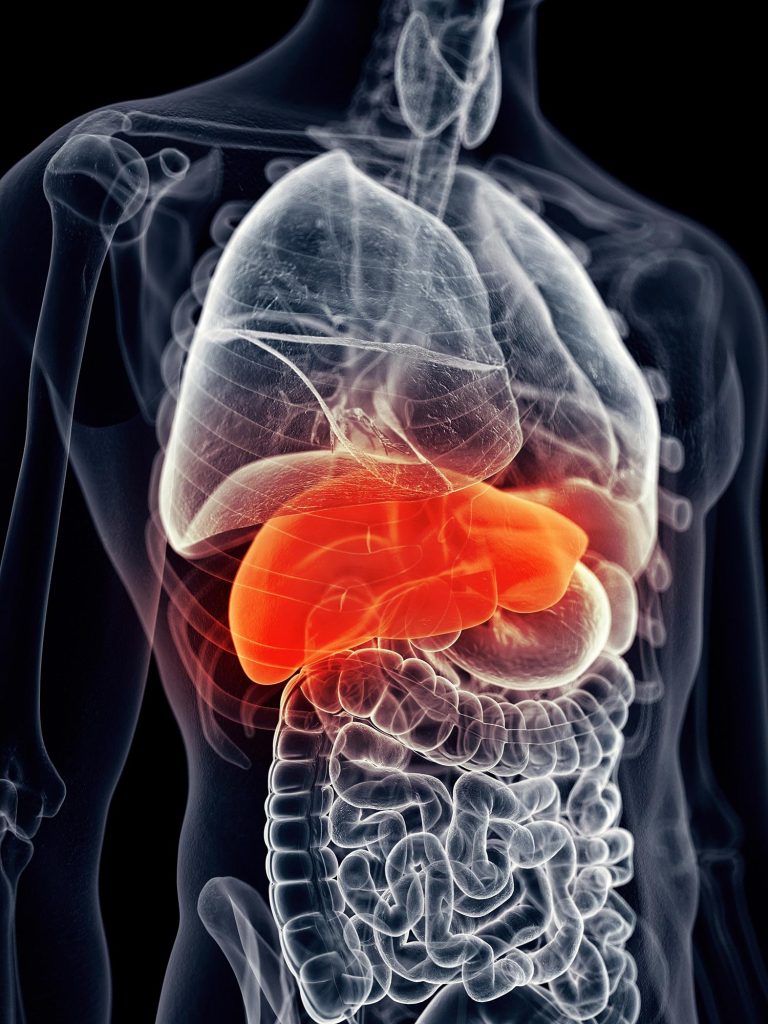Real-World Data Challenges Old Methods


A new study indicates that current methods for assessing medication-related liver injury are inaccurate. Researchers from the University of Pennsylvania found that real-world healthcare data provide a clearer picture of medication toxicity than traditional case counts, revealing misclassified risks for several drugs.
A University of Pennsylvania study suggests that real-world data, rather than case reports, should be used to assess medication-related liver toxicity more accurately, potentially leading to better patient monitoring and safety.
A new study from the Perelman School of Medicine at the University of Pennsylvania indicates that the existing method for evaluating medication-related liver damage does not accurately reflect the true liver toxicity—or its absence—of certain drugs. Historically, the potential of a drug to harm the liver, known as “hepatotoxicity,” has been assessed by tallying reported instances of acute liver injury (ALI).
Instead, the researchers used real-world healthcare data to measure rates of ALI within a population and uncovered that some medications’ levels of danger to the liver are being misclassified. This paper was published today in JAMA Internal Medicine.
“From a clinical standpoint, knowing the rate of severe ALI after starting a medication in real-world data will help determine which patients should be monitored more closely with liver-related laboratory tests during treatment,” said senior author Vincent Lo Re, MD, MSCE, an associate professor of Medicine and Epidemiology. “Incidence rates of severe ALI can be a valuable tool for determining a medication’s toxicity to the liver and when patients should be monitored, since incidence rates provide a truer, real-world look at this toxicity. Case reports did not accurately reflect observed rates of ALI because they do not consider the number of persons exposed to a medication, and cases of drug-induced liver injury are often underreported.”
Study Findings on Medication Toxicity
Within the study, 17 different medications had rates that exceeded five severe ALI events per 10,000 “person-years,” a measure that reflects both the amount of people in a group and how long the study observes them (12 person-years could mean one person with data covering 12 years or two people covering six years). The team determined that 11 of these medications were in lower categories of hepatoxicity by case counts that were likely not reflective of their true risk since their incidence rates revealed higher levels of toxicity. One of the medications that fell into this group was metronidazole, an antimicrobial that can be used to treat infections in the reproductive or gastrointestinal systems, as well as some dermatological conditions.
Incidence rates, the number of new cases of a disease within a time period divided by the number of people at risk for the disease, are a key measure for examining health in a population because they give a more complete picture than simple counting. For instance, a medication with 60 reports of liver injury would be considered the most hepatotoxic through the traditional method, using the raw number of reported liver injury cases. However, if that medication had 60 observed severe ALI events and was used by five million people, the incidence rate would be very low and likely point to the medication not being dangerous to the liver. However, if 60 severe ALI events were observed within a population of 1,000 patients, it would reflect a higher, potentially more important, rate of injury.
Methodology and Implications
To determine incidence rates, Lo Re and his team, including lead author Jessie Torgersen, MD, MHS, MSCE, an assistant professor of Medicine, examined electronic medical record data on almost 8 million people provided by the United States Veterans Health Administration that had been compiled from 2000 through 2021. Each person did not have pre-existing liver or biliary disease (a condition affecting bile ducts or the gallbladder) when they began taking any of the 194 medications that were studied. Each of those medications was analyzed due to suspicion that they could cause harm to the liver, since each had more than four published reports of liver toxicity associated with their use.
On the other side of the hepatotoxicity coin, the researchers found eight medications that were classified as the most hepatotoxic based on the number of published case reports, but should actually be in the least liver-toxic group, with incidence rates of less than one severe ALI event per 10,000 person-years. For example, rates of severe ALI for statin medications, often used for high cholesterol, were in the group that had fewer than one event per 10,000 person-years.
“The systematic approach that we developed enables successful measurement of the rates of liver toxicity after starting a medication,” Lo Re said. “It wasn’t surprising that the case report counts did not accurately reflect observed rates of severe acute liver injury given the inherent limitations with case reports.”
With these findings, the researchers hope that there might soon be mechanisms established within electronic medical records to alert clinicians to closely monitor the liver-related laboratory tests of patients who start a medication with a high observed rate of severe ALI.
“Importantly, our approach offers a method to allow regulatory agencies and the pharmaceutical industry to systematically investigate reports of drug-induced ALI in large populations,” Lo Re said.
Reference: “Severe Acute Liver Injury After Hepatotoxic Medication Initiation in Real-World Data” by Jessie Torgersen, Alyssa K. Mezochow, Craig W. Newcomb, Dena M. Carbonari, Sean Hennessy, Christopher T. Rentsch, Lesley S. Park, Janet P. Tate, Norbert Bräu, Debika Bhattacharya, Joseph K. Lim, Catherine Mezzacappa, Basile Njei, Jason A. Roy, Tamar H. Taddei, Amy C. Justice and Vincent Lo Re, 24 June 2024, JAMA Internal Medicine.
DOI: 10.1001/jamainternmed.2024.1836
This study was funded, in part, by the National Cancer Institute (R01CA206465), National Institute on Alcohol Abuse and Alcoholism (U24AA020794, U01AA020790, U24AA022001, U01AA013566), National Institute of Diabetes and Digestive and Kidney Diseases (K08DK132977), and National Institute of Allergy and Infectious Diseases (T32AI055435).



